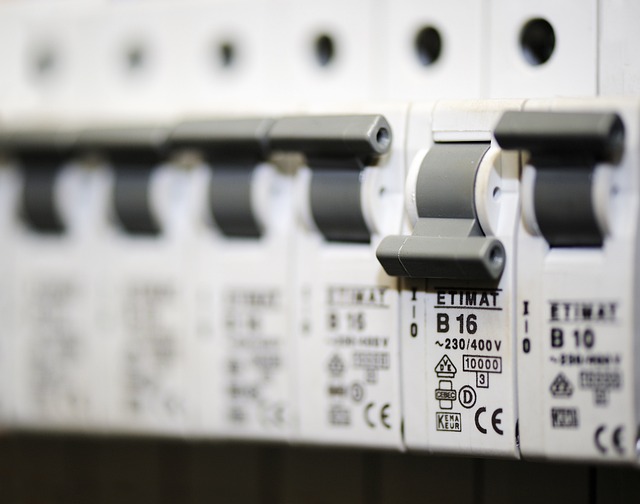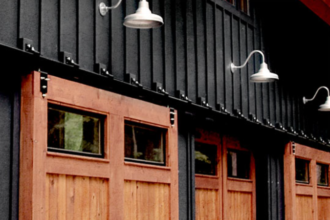Are you feeling overwhelmed by all the choices and decisions that come with purchasing a consumer unit or electrical panel for your home? The process can feel daunting but never fear: with a bit of research, it’s possible to choose an efficient electrical panel that suits your needs and budget.
In this blog post, we’ll walk you through everything from understanding what types of panels exist on the market today to walking you through the installation process step-by-step. We’ll also guide maintenance procedures so that your system is always running optimally. Keep reading for more information about these crucial components in residential electrical systems!
Understanding Consumer Units
Consumer units are a vital component in any electrical system, but what exactly do they do? In its simplest terms, a consumer unit is like the brain of your home’s electrical system, distributing electricity throughout the circuitry and protecting against electrical faults and short circuits.
This piece of equipment is incredibly important for the safety and functionality of your home’s electrical system, and it’s essential that it is set up properly and maintained carefully. In fact, it’s a legal requirement to have your consumer unit installed by a registered electrician, and it’s recommended that you get it checked every five years to ensure that it’s still performing optimally. So next time you switch on your lights, thank your consumer unit for keeping everything running smoothly!
Choosing the Right Consumer Unit
When it comes to selecting a consumer unit, it’s important to consider several key factors to ensure you’re making the best decision for your needs. One crucial consideration is load capacity, which refers to the maximum amount of electrical current the unit can handle.
Overloading your consumer unit can cause serious damage to your electrical system, so it’s essential to choose a unit with enough capacity to meet your needs. Another important consideration is circuit protection, which helps safeguard your electrical system against surges and other types of electrical damage.
Finally, it’s important to think about future expandability and choose a consumer unit that will allow for easy upgrades or additions down the line. By taking these key considerations into account, you can ensure that your consumer unit is the right fit for your needs and will provide reliable and lasting performance for years to come.
Maintaining Consumer Units for Longevity and Safety
Regular maintenance of your consumer unit is crucial to ensuring it operates efficiently and minimizing potential risks. There are several tips and practices that you should keep in mind to achieve this. Firstly, ensure that your consumer unit is easily accessible and not obstructed by anything.
This will make maintenance tasks much easier. Secondly, conduct regular visual inspections of your consumer unit to identify any signs of wear and tear or damage. If you notice anything unusual, seek the help of a qualified electrician to fix it immediately.
Lastly, test your residual current devices (RCDs) regularly to ensure they are functioning properly – this is a vital safety measure that should not be overlooked. By following these tips and practices, you will be able to keep your consumer unit operating efficiently and reduce the risk of electrical hazards in your home.
Upgrading Your Consumer Unit
As our reliance on electronic appliances and devices continues to grow, upgrading your consumer unit is more important than ever. Recognizing the signs that it’s time for an upgrade can save you from the headache of power outages and electrical malfunctions.
With modern advancements and technology constantly improving, understanding the benefits of upgrading can seem overwhelming. However, the step-by-step process of upgrading your consumer unit allows you to make informed decisions and ultimately provides a safer and more efficient electrical system for your home.
Whether you’re looking to add more circuits or replace an outdated unit, upgrading your consumer unit is a necessary step in ensuring your home’s electrical system can keep up with your daily demands.
Conclusion
In conclusion, understanding the basics of consumer units is essential for safety, convenience and efficient energy utilization in your home. Taking the time to research and understand your needs for a consumer unit before purchasing one will ultimately save you money in both installation and upkeep over time.
Whether you decide to install it yourself or hire an electrician to do so, respect every precaution to ensure the safe operation of a consumer unit in any residential setting. Package options, manufacturers, warranty period, price, models and more should be all be considered when choosing the right panel.
Not only that but they must also be maintained regularly with cleaning and scheduled inspections by a qualified electrician. A consumer unit is an important decision that needs to be made with caution – so be sure to make an informed one! So now that you have some insight into consumer units 101 – why not add power and convenience to your home or business today?














